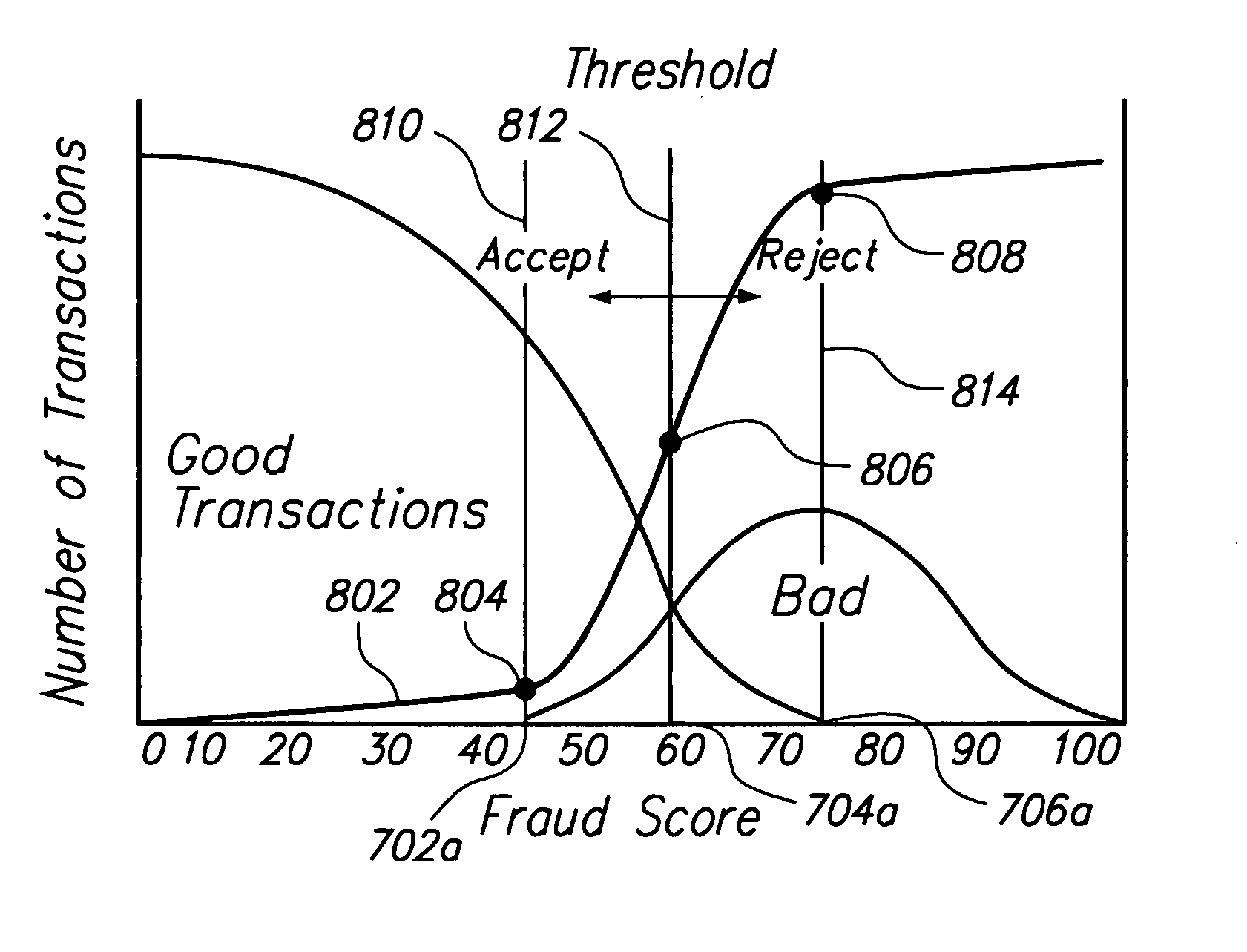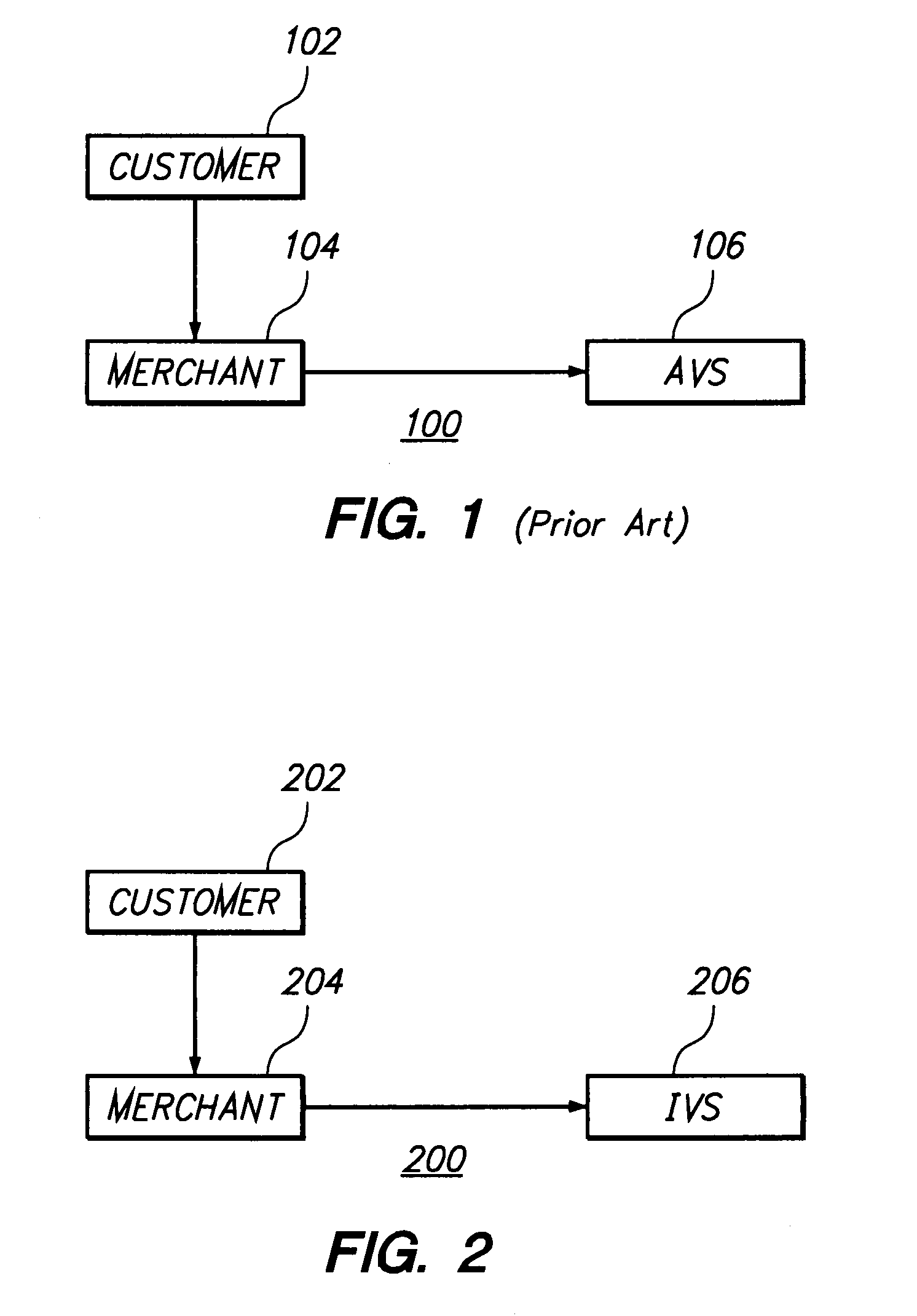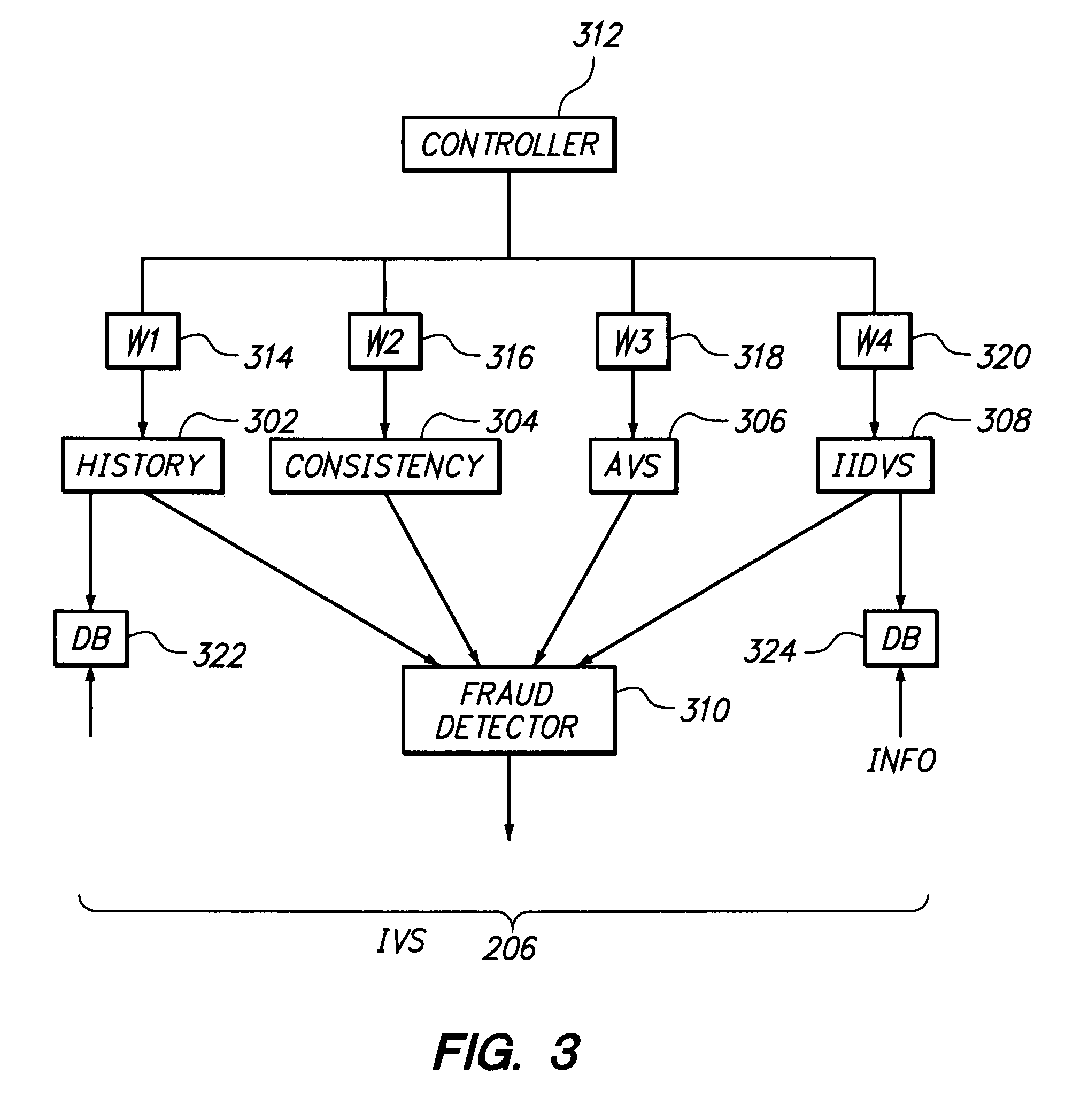Method and apparatus for evaluating fraud risk in an electronic commerce transaction
- Summary
- Abstract
- Description
- Claims
- Application Information
AI Technical Summary
Benefits of technology
Problems solved by technology
Method used
Image
Examples
first embodiment
[0257]FIG. 13 is a block diagram of alternative embodiments of an Internet identity value. an Internet identity value 1390A consists of the combination of a hash value based on an email address, as indicated by block 1392, and a hash value based on a credit card BIN value, as indicated by block 1394. Using a value that includes a credit card number as a base element tends to improve accuracy for individuals who use multiple credit cards for different users. In this embodiment, each Internet identity value uniquely identifies a particular email address and card combination.
[0258]In any of the foregoing embodiments, in place of a credit card number, the system may use a value that uniquely identifies a purchase method other than a credit card. For example, if a customer uses an electronic check or a stored value card to make a purchase, a check number or card identifier may be used to create the Internet identity value.
second embodiment
[0259]Other combinations of values may be used. Referring again to FIG. 13, an Internet identity value 1390B consists of the combination of a hash value based on an email address, as indicated by block 1392, and a hash value based on a credit card BIN value, as indicated by block 1394, and a hash value based on a shipping address, as indicated by block 1396. This alternative improves accuracy where a plurality of orders use different email addresses and credit card numbers but are all shipped to the same address, especially in the case of residential deliveries.
[0260]Still other values could be used. For example, an Internet identity may comprise a first hash value of an prospective purchaser's host IP address, in combination with a second hash value of an email address of a prospective purchaser carried, in combination with a third hash value of a card bank identification number of the prospective purchaser and a fourth hash value based on a shipping address of the prospective purc...
PUM
 Login to View More
Login to View More Abstract
Description
Claims
Application Information
 Login to View More
Login to View More - R&D
- Intellectual Property
- Life Sciences
- Materials
- Tech Scout
- Unparalleled Data Quality
- Higher Quality Content
- 60% Fewer Hallucinations
Browse by: Latest US Patents, China's latest patents, Technical Efficacy Thesaurus, Application Domain, Technology Topic, Popular Technical Reports.
© 2025 PatSnap. All rights reserved.Legal|Privacy policy|Modern Slavery Act Transparency Statement|Sitemap|About US| Contact US: help@patsnap.com



